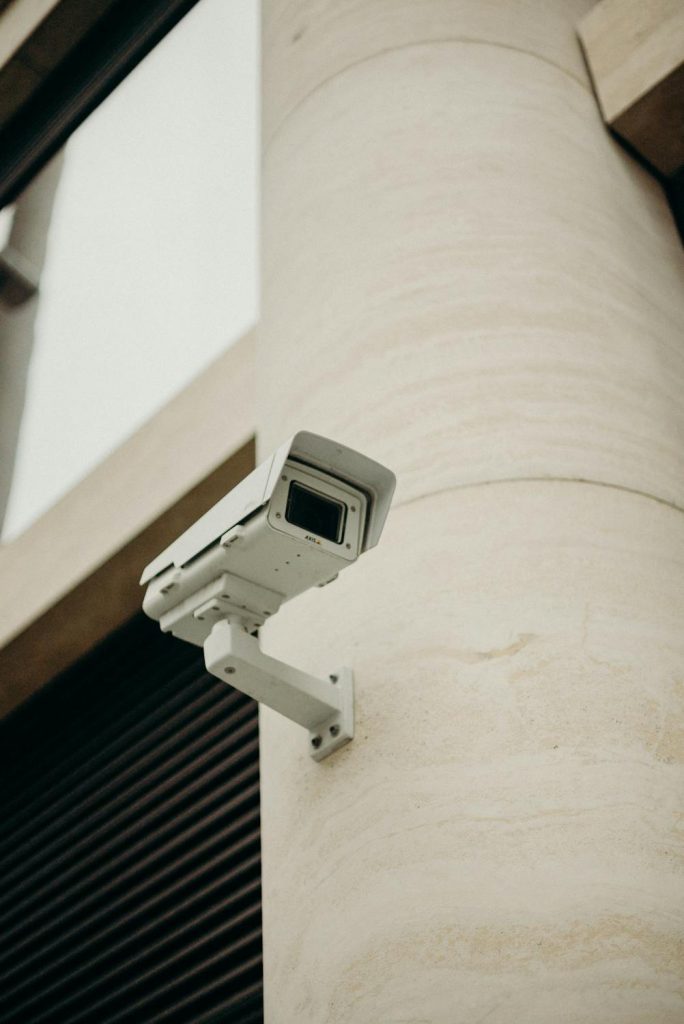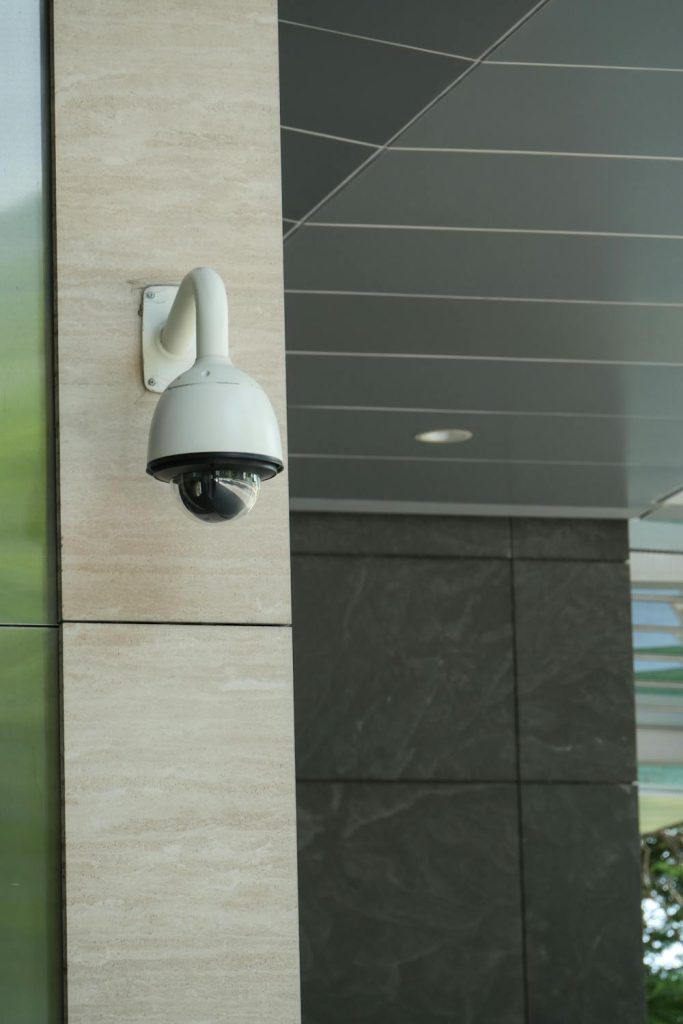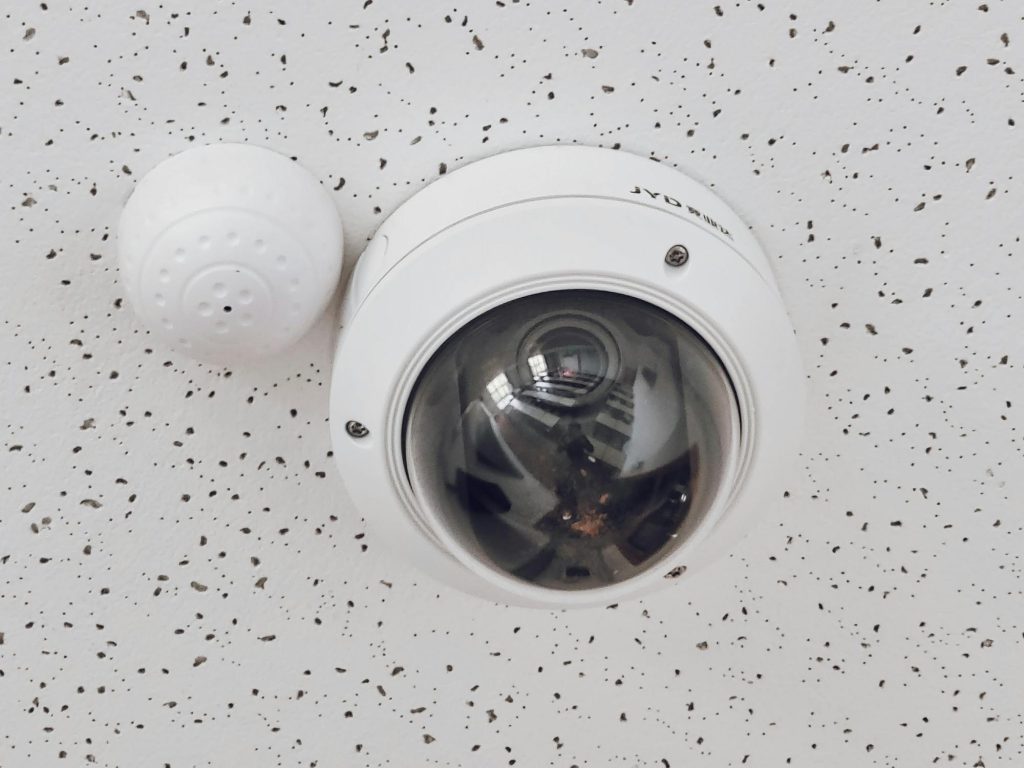The Ultimate Guide to Surveillance Cameras: Top Brands and Key Features
In today’s world, the demand for robust surveillance solutions has never been higher. Whether for home security, office premises, or public spaces, surveillance cameras are essential tools in deterring and documenting unwanted activity. This article covers top brands in the surveillance camera market and dives into the unique features they offer, helping you make an informed decision for your security needs.
Introduction to Surveillance Cameras
Importance of security and surveillance in today’s world.
Types of surveillance cameras: indoor, outdoor, wireless, wired, IP cameras, etc.
Brief overview of features to consider (resolution, storage, night vision, etc.).
- Major Surveillance Camera Brands: Top Choices in the Market
This section will focus on the strengths and distinguishing characteristics of popular brands.
a. Arlo
Overview: Known for high-quality, wire-free, and battery-operated cameras.
Features: Advanced motion detection, cloud storage, high-resolution video, AI-powered insights.
Popular Models: Arlo Pro 4, Arlo Ultra 2.
Best For: Home users who prioritize ease of setup and integration with smart home systems.
Pros and Cons: Highlight strengths like flexibility and weaknesses like premium pricing.
b. Ring
Overview: Famous for its doorbell cameras, Ring has expanded to provide a wide range of home security products.
Features: Two-way talk, motion alerts, Alexa integration, 1080p video quality.
Popular Models: Ring Stick Up Cam, Ring Floodlight Cam.
Best For: Users invested in Amazon’s ecosystem who want an all-in-one solution.
Pros and Cons: Strength in ease of use, minor limitations in privacy concerns (related to cloud access).
c. Nest (Google Nest)
Overview: Google’s home security brand, offering smart and AI-driven cameras.
Features: Facial recognition, 4K video, motion and sound alerts, integration with Google Assistant.
Popular Models: Nest Cam (Indoor/Outdoor), Nest Hello.
Best For: Tech-savvy users looking for seamless Google Assistant integration.
Pros and Cons: Exceptional AI features; higher cost compared to some competitors.
d. Hikvision
Overview: Leading global provider of video surveillance products, popular among businesses and government institutions.
Features: High-resolution options, thermal imaging, AI analytics, robust storage options.
Popular Models: DS-2CD2387G2, DS-2DF8242IX-AEL.
Best For: Businesses needing advanced analytics and extensive customization options.
Pros and Cons: Strong on reliability; concerns in some regions over data privacy.
e. Dahua Technology
Overview: Competitor to Hikvision, offers a wide range of high-quality and cost-effective surveillance solutions.
Features: Night vision, AI-powered facial recognition, cloud storage, high-definition video.
Popular Models: Dahua PTZ Camera, Dahua Lite Series.
Best For: Small to medium businesses and enterprises.
Pros and Cons: Affordable with a wide range of features, but some controversy over security.
f. Lorex
Overview: Offers budget-friendly options and a wide range of wired and wireless security solutions.
Features: 4K video, color night vision, waterproof design, local storage.
Popular Models: Lorex 4K Ultra HD, Lorex Weatherproof.
Best For: Home users looking for cost-effective, high-quality outdoor cameras.
Pros and Cons: Affordability; fewer advanced AI features compared to top brands.
g. Swann
Overview: One of the more established brands in security, known for reliable DIY security cameras.
Features: 4K resolution, night vision, local storage, thermal sensors.
Popular Models: Swann 4K Ultra HD, Swann Enforcer.
Best For: DIY enthusiasts who want easy installation.
Pros and Cons: Affordable with many options, limited cloud storage.
h. Wyze
Overview: A budget-friendly option offering surprisingly advanced features for the price.
Features: HD video, night vision, local storage, compatibility with Alexa and Google Assistant.
Popular Models: Wyze Cam v3, Wyze Cam Pan.
Best For: Budget-conscious users who want basic functionality at an affordable price.
Pros and Cons: Cost-effective; limited to basic features and may lack advanced customizations.
i. Axis Communications
Overview: Known for network cameras, with a focus on high-quality IP-based surveillance.
Features: HD resolution, cybersecurity features, reliable networking, thermal imaging.
Popular Models: Axis P13 Series, Axis M20 Series.
Best For: Large businesses and institutions with complex networking needs.
Pros and Cons: Very high quality and secure, but expensive.
Key Features to Consider When Choosing a Surveillance Camera
Resolution: Importance of high-resolution video (e.g., 1080p, 4K) for clear images.
Field of View: Wide vs. narrow-angle options for different areas.
Night Vision: Importance of infrared or color night vision for low-light conditions.
Storage Options: Cloud storage vs. local storage (SD card or hard drive).
Motion Detection and Alerts: Notifications on movement, AI-based detection to reduce false alarms.
Two-Way Audio: Useful for communication in home setups.
Power Source: Battery-powered vs. wired options; pros and cons of each.
Smart Integration: Compatibility with smart home systems like Alexa, Google Assistant, and HomeKit.
How to Choose the Right Surveillance Camera for Your Needs
Home vs. Business Use: Different requirements, e.g., small coverage for home, extensive for business.
Budget Considerations: Trade-offs between price and advanced features.
Location: Outdoor vs. indoor, weatherproof requirements.
Privacy and Security Concerns: Ensuring data privacy with secure brands.
Conclusion: The Future of Surveillance Cameras
Brief discussion on advancements like AI, machine learning, facial recognition, and thermal imaging.
Importance of staying updated with security patches and choosing reputable brands to protect data.
Final thoughts on balancing quality and budget to meet security needs.





